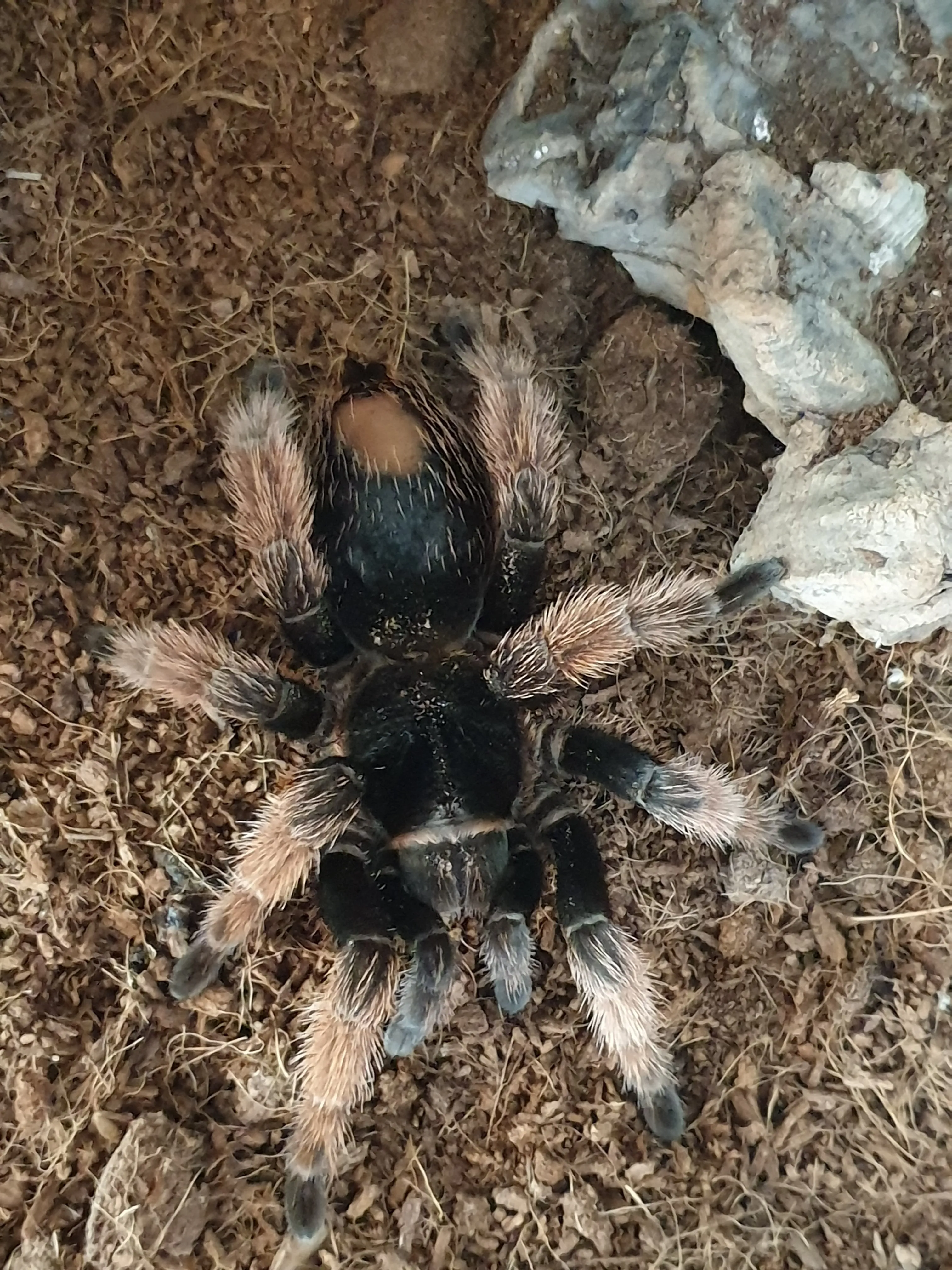The Klaasi tarantula, scientifically known as Harpactira klaasi, is a captivating arachnid that has gained popularity among tarantula enthusiasts. Known for its striking appearance and relatively manageable care requirements, this spider offers a fascinating glimpse into the world of exotic pets. If you’re considering adding a Klaasi tarantula to your home or simply curious about these amazing creatures, you’ve come to the right place. This guide will unravel the top seven facts you need to know, covering everything from their habitat and characteristics to their care and unique behaviors. Prepare to be amazed by the Klaasi tarantula!
What is a Klaasi Tarantula?
The Klaasi tarantula is a species of tarantula native to South Africa. It belongs to the family Theraphosidae, which encompasses a vast array of tarantula species worldwide. These spiders are burrowing tarantulas, meaning they spend a significant portion of their lives underground, creating elaborate burrows for shelter and hunting. Known for their attractive coloration and interesting behaviors, Klaasi tarantulas are increasingly popular as pets. Their manageable size and relatively docile nature (compared to some other species) make them a good choice for intermediate tarantula keepers. They are also known for their relatively long lifespan, making them a rewarding pet to own.
Origin and Habitat
Klaasi tarantulas are endemic to South Africa, specifically inhabiting grasslands and scrublands. These regions provide them with the necessary conditions for survival, including suitable soil for burrowing and a climate that supports their lifecycle. They are typically found in areas with moderate temperatures and humidity levels. The native habitat of these tarantulas is crucial to understanding their needs in captivity. When setting up an enclosure, it’s important to replicate the environmental conditions of their natural habitat to ensure the tarantula thrives. This includes providing appropriate substrate, temperature gradients, and humidity levels.
Appearance and Characteristics
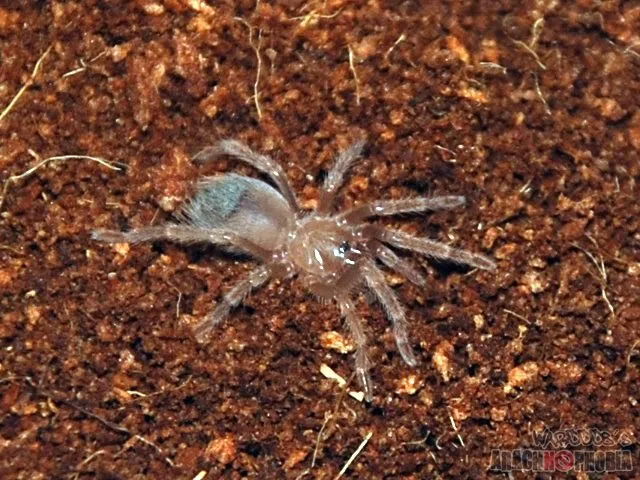
The Klaasi tarantula is visually stunning, often boasting a dark brown or black carapace and legs, contrasted by lighter markings on the abdomen. These markings can vary, adding to the uniqueness of each individual. They possess a robust build, typical of burrowing tarantulas, with powerful legs adapted for digging. Their bodies are covered in fine hairs, which play a role in sensory perception and defense. These hairs can also cause irritation if they come into contact with human skin, so caution should be exercised when handling these spiders. Understanding their physical characteristics is key to providing the proper care and recognizing signs of health issues.
Size and Lifespan
Klaasi tarantulas are considered a medium-sized tarantula species. Females typically reach a leg span of around 5 to 6 inches, while males are usually smaller. The lifespan of a Klaasi tarantula can be quite impressive, with females living for up to 12 years or more in captivity, provided they receive proper care. Males, however, have a shorter lifespan, typically living for only a few years after reaching maturity. The size and lifespan of your Klaasi tarantula depend heavily on its care, including diet, temperature, and overall environment. Proper care can significantly extend their lifespan and ensure a happy, healthy spider.
Key Facts About Klaasi Tarantulas
Fact 1: Venom Potency
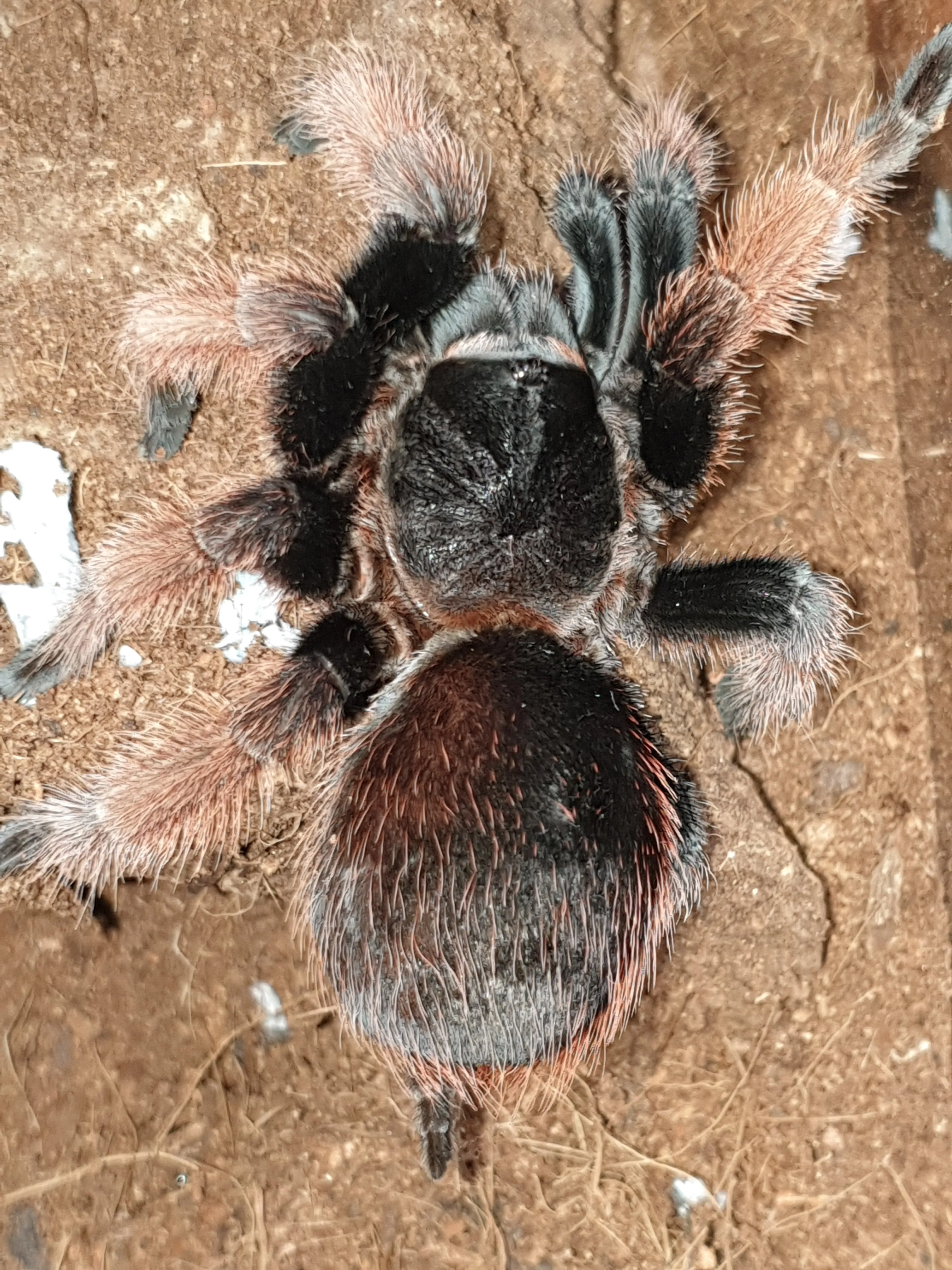
Like all tarantulas, the Klaasi tarantula possesses venom. The venom of a Klaasi tarantula is considered to be of low potency to humans. A bite is not usually life-threatening, but it can cause localized pain, redness, and swelling at the bite site. While the venom is not particularly dangerous, it’s crucial to handle these spiders with care to avoid being bitten. It’s also important to remember that individual reactions to a tarantula bite can vary, and some people may experience more severe symptoms than others. Seek medical attention if you have any adverse reactions.
Fact 2: Defensive Behaviors
Klaasi tarantulas, like other tarantulas, have several defensive mechanisms. One of the most common is the flicking of urticating hairs, which are barbed hairs on their abdomen that they can kick towards a perceived threat. These hairs cause irritation and can be particularly bothersome if they get into your eyes or on your skin. They may also display threat postures, such as rearing up or raising their front legs, to warn off potential predators. Understanding these behaviors is critical for safe handling and to avoid stressing your tarantula.
Fact 3: Dietary Needs
Klaasi tarantulas are carnivores, and their diet primarily consists of insects. Crickets, mealworms, and roaches are common food sources for these spiders. The size of the prey should be appropriate for the size of the tarantula. Juveniles require smaller insects, while adults can consume larger prey. It’s important to provide a varied diet to ensure they receive all the necessary nutrients. Feed your Klaasi tarantula about once or twice a week, adjusting the frequency based on their size, growth rate, and appetite. Always remove uneaten prey to prevent them from stressing your spider.
Fact 4: Molting Process
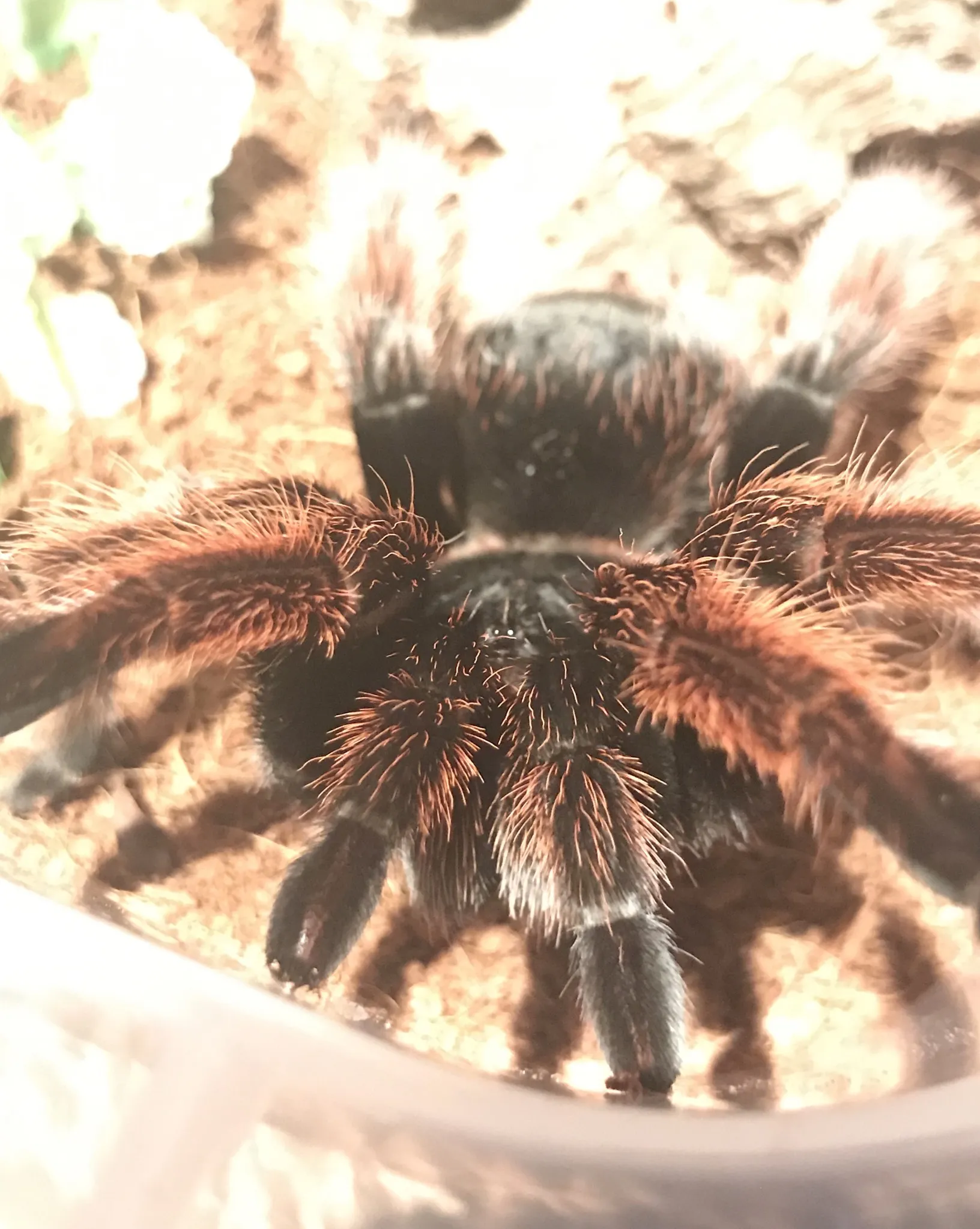
Molting is a natural process where tarantulas shed their exoskeleton to grow. Klaasi tarantulas, like all tarantulas, molt periodically throughout their lives. The frequency of molting decreases as they mature. During molting, the tarantula is vulnerable, and it’s crucial to avoid disturbing them. The process can take several hours, and sometimes even days. After molting, the tarantula’s new exoskeleton is soft, and it will need some time to harden. Do not feed your tarantula until its fangs are fully hardened, usually a week or so after a molt. A sign that your tarantula is preparing to molt includes a loss of appetite and a change in behavior, such as staying in their burrow.
Fact 5: Reproduction and Breeding
Breeding Klaasi tarantulas can be a rewarding but complex endeavor. Successful breeding requires a male and female tarantula. The process involves introducing the male to the female’s enclosure, and if receptive, the female will allow the male to mate with her. The female will then lay an eggsac, which she carefully guards. Raising spiderlings requires patience and careful attention to their needs, including providing appropriately sized prey and maintaining the right environmental conditions. Breeding is best left to experienced keepers, as it can be challenging.
Fact 6: Ideal Enclosure Setup
Creating the right enclosure is crucial for a healthy Klaasi tarantula. Provide a terrarium with a secure lid. The enclosure should be at least three times the tarantula’s leg span in width. A substrate of peat moss, coconut fiber, or a mixture of both, is ideal for burrowing. Provide a hide, such as a piece of cork bark or a half-log, for the tarantula to retreat to. Maintain a temperature of 75-85°F (24-29°C) and a humidity level of 60-70%. Provide a shallow water dish for drinking. Regular cleaning and maintenance of the enclosure are essential for the tarantula’s well-being. Ensure good ventilation.
Fact 7: Handling and Safety
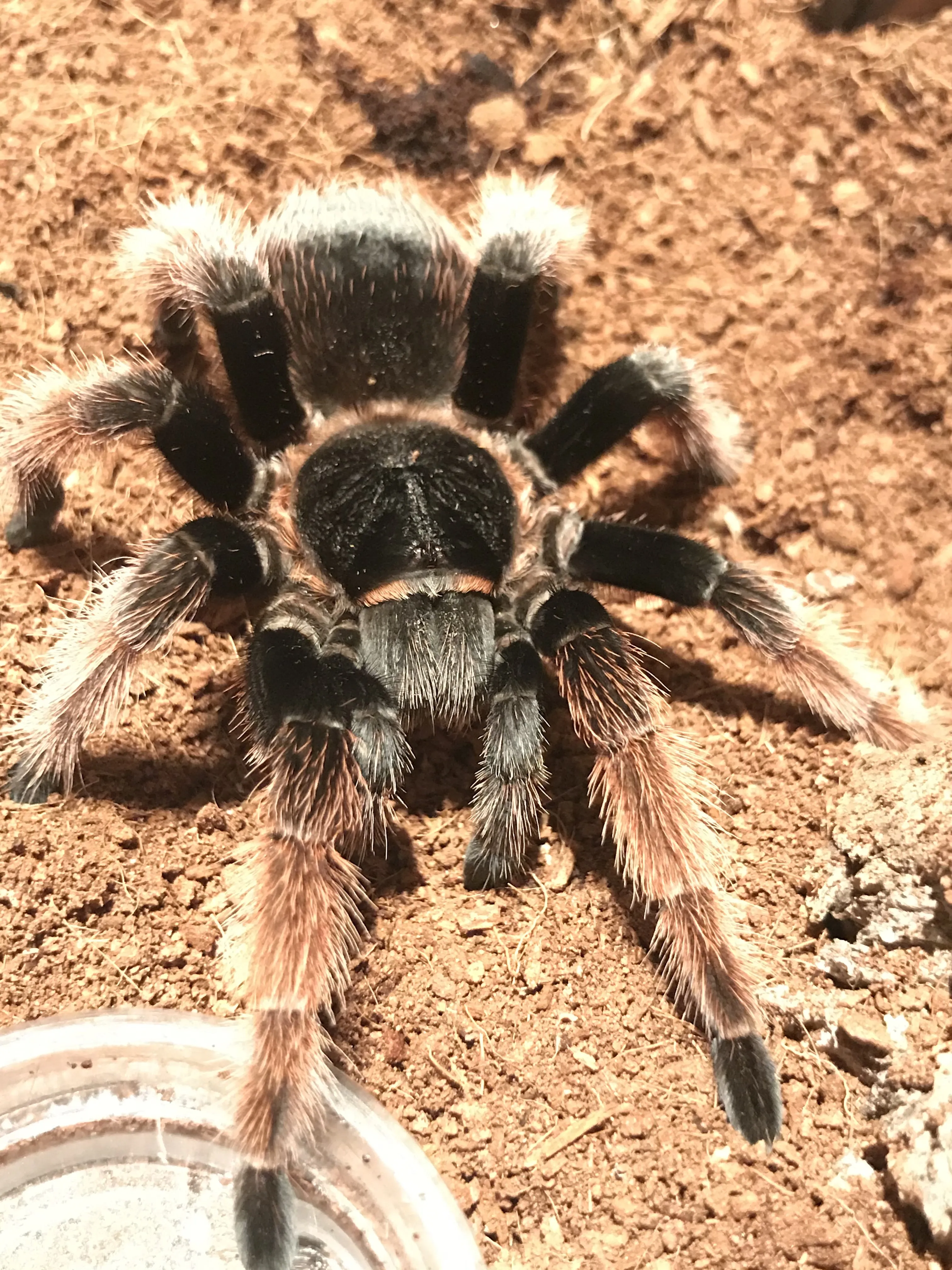
Handling Klaasi tarantulas is generally not recommended unless absolutely necessary. They are not typically aggressive, but a bite can happen if they feel threatened. When handling is unavoidable, do so with extreme caution and avoid sudden movements. Always handle them over a soft surface in case of a fall. Wash your hands thoroughly before and after handling your tarantula to prevent the spread of potential pathogens. Be mindful of their urticating hairs, and avoid letting them come into contact with your skin or eyes. Proper handling techniques are important for both the tarantula’s and your safety.
Klaasi Tarantula vs Other Tarantula Species
Compared to other tarantula species, Klaasi tarantulas are often considered to be a good choice for intermediate keepers due to their relatively docile nature and manageable care requirements. However, their behavior can differ from other popular pet tarantulas such as the Chilean Rose or the Pink Zebra Beauty. Klaasi tarantulas are generally less skittish and more prone to hiding, while some species may be more likely to display threat postures. Their burrowing behavior is a key difference, requiring a substrate suitable for digging. It’s important to research any tarantula species to determine the best fit for your experience and lifestyle. Understanding the differences between species allows you to give the best care.
Common Mistakes to Avoid
Several common mistakes can negatively impact the health and well-being of a Klaasi tarantula. Overfeeding is a common issue, leading to obesity and health problems. Insufficient humidity and incorrect temperature can also lead to problems with molting and overall health. Improper enclosure setup, such as a lack of hiding places or unsuitable substrate, can stress the tarantula. Another frequent mistake is improper handling techniques, increasing the risk of bites or injury. It’s crucial to avoid these common pitfalls by researching and understanding the specific needs of the Klaasi tarantula.
Conclusion
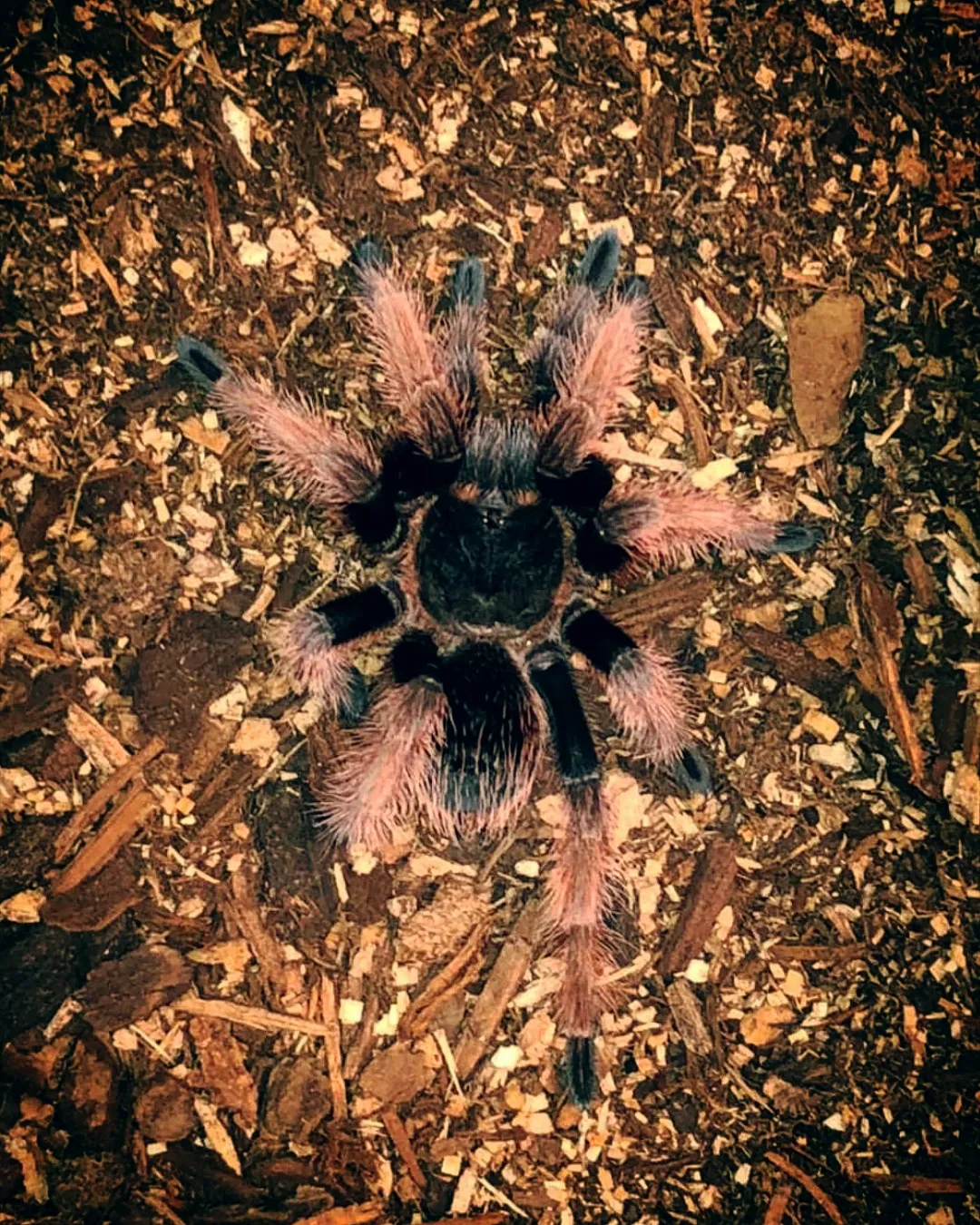
The Klaasi tarantula is a captivating species that offers a rewarding experience for tarantula enthusiasts. By understanding these top seven facts, you’re well-equipped to care for this incredible creature. From their origins and habitat to their unique behaviors and care requirements, the Klaasi tarantula provides a fascinating glimpse into the world of exotic pets. With proper research, care, and respect for their needs, you can enjoy the beauty and wonder of owning a Klaasi tarantula for many years to come. Always prioritize the well-being of your tarantula by providing a safe, comfortable, and enriching environment.
